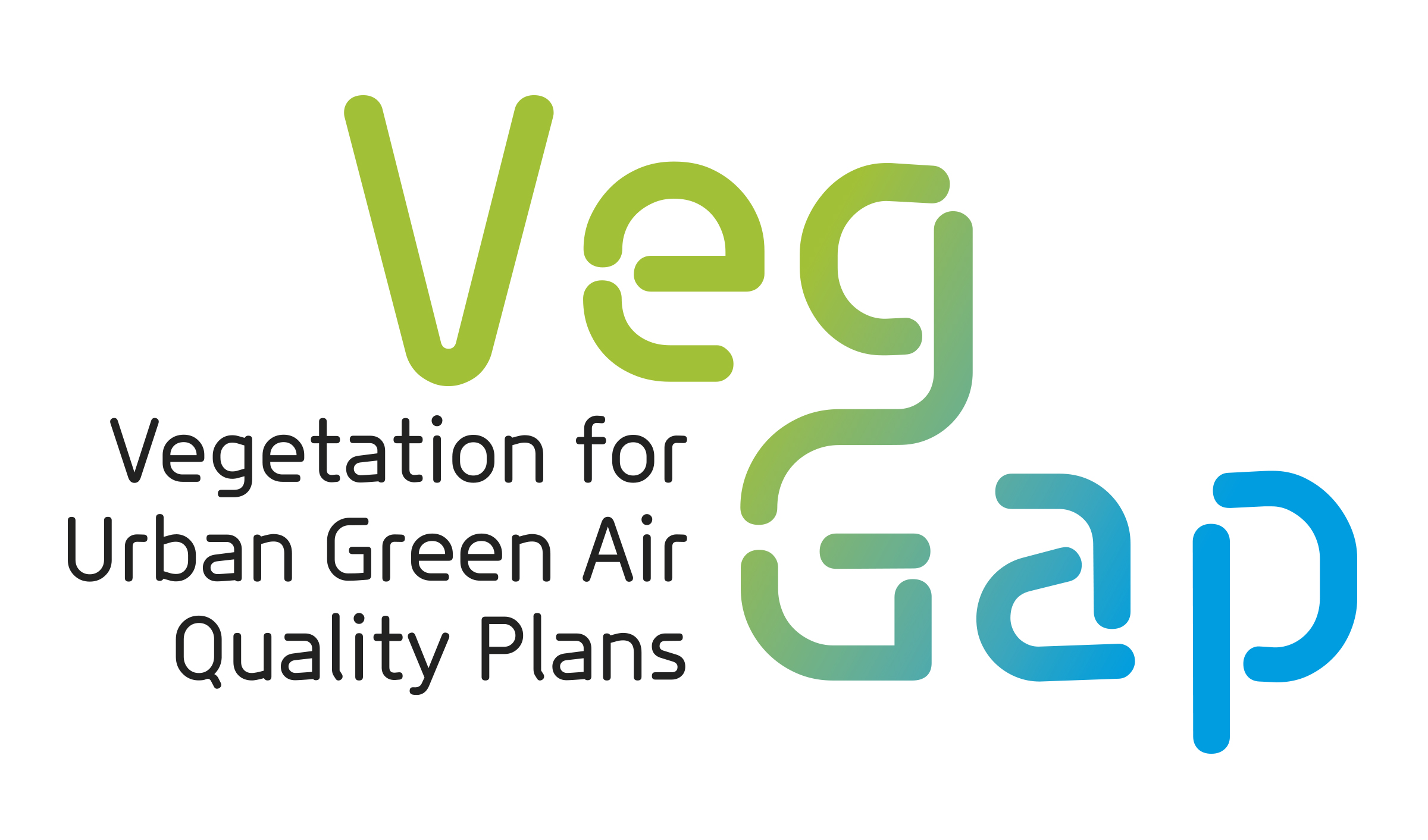Ostrava is a large city in the Czech
Republic, on the border with Poland and not far from the city of Katowice. It
has an industrial history that goes back far in time, up to the construction of
the first ironworks, which took place in 1828. Metallurgical production, with
the establishment of steelworks, contributed to Ostrava's economic development
but characterized its environmental history, made of very high pollutant
values. Only in recent times it has been possible, with considerable efforts,
to reduce dust and harmful substances impact in the atmosphere. But Ostrava
still remains a city where limits of pollutants allowed in the air are easily
exceeded. The Municipality, with other institutional partners in the region of
Silesia, where Ostrava is located, has obtained an European funding for a UIA
(Urban Innovative Actions) project, the funds community line intended to
identify and test solutions for a sustainable urban development.
The project is called CLAIRO - CLear
AIR and Climate Adaptation in Ostrava and other cities and aims to reduce
air pollution through a living vegetation laboratory that has a tangible and
verifiable positive impact on air quality.
CLAIRO investigates some aspects that
influence pollution (for example the effects on particular pollutants in
relation to the composition of greenery) and the existing natural conditions
(for example the air flow or the opportunities related to plants' higher
resistance to pollutants) to maximize the positive impacts of vegetation.
The project started in August 2019 with
the installation of 50 sensors in the area of the most serious atmospheric
pollution to measure the suspended compounds of organic PMx and PAU together
with NOx, O3, VOC and PAH pollutants. All substances are also monitored when
weather conditions and factors that influence plant growth vary. In July 2020,
based on the collected information, the innovative vegetation project will be
developed with plants that can intercept pollutants as much as possible (also
by taking into account the existing knowledge on plants and trees combined with
recently identified and proven global solutions). In March 2021 the model of
the project will be implemented with the planting of the new vegetation as a
test. Finally, after one year, at the beginning of 2022, a model of dispersion,
deposition, capture and resuspension of pollutants will be developed,
optimizing the composition and structure of the most effective greenery.
Finally, after creating a platform of trained experts, partner companies that
benefit from the experience and the shared knowledge acquired by the living
laboratory, this experience will be transferred to other cities. A key outcome
of the project will be the improvement of air quality in a part of Ostrava
identified as the most polluted district in the city, which is located nearby a
steel mill which is a key local source of air pollution.
"The environment, and in particular
air quality, is a very serious topic in Ostrava - says Ostrava's deputy mayor,
Kateřina Šebestová -. CLAIRO project is one of the measures that we can test
and thanks to which our city can take a step forward. I believe the results of
our efforts will have a positive impact on living standards throughout the
Ostrava agglomeration and they will be a source of inspiration for other cities
and regions that are facing air pollution. "
At the end of 2019, a survey, involved
602 Czech citizens, was conducted within the Clairo project, to know their
opinions on the environment and whether they would be willing to change their
lifestyle in order to achieve environmental improvements.
Through the region, the satisfaction
level about air quality is relatively low: only 2.7% of respondents said they
were satisfied. Only one-quarter of respondents felt that today air quality is
better than 10 years ago; 30% of respondents replied that today air is actually
worse than a decade ago. Just over half of respondents (58.5%) said they were
willing to play an active role in improving the environment and air quality in
the region. 86% of respondents are in favor of planting new vegetation. Over
80% think that the greenery structure in urban areas can influence air quality.
Three quarters of respondents would embrace new forms of greenery in urban
areas, such as vertical gardens, green facades and green roofs. The survey also
found that around a quarter of respondents are considering (or at list had
think about it) to move away from the area, because of the poor air quality.
The survey and the study will be made available to Moravian-Silesian cities and
municipalities, in order to be used for planning strategic documents and
specific activities aimed at improving air quality.


